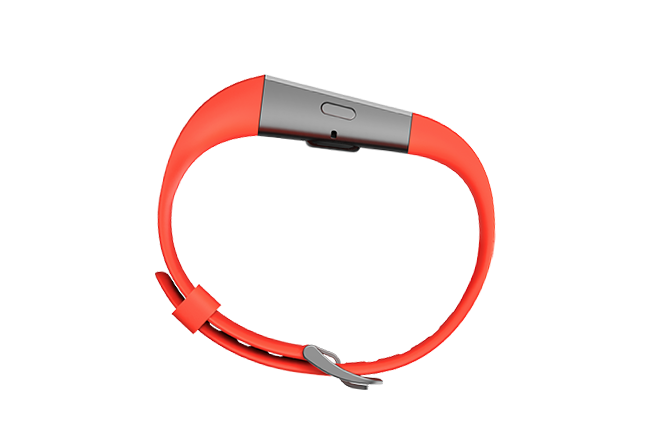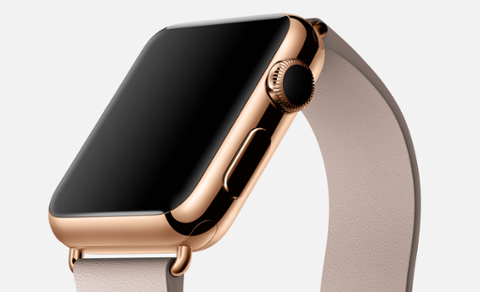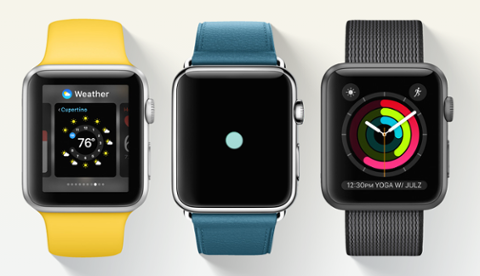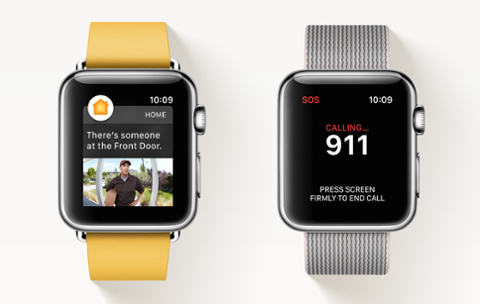Are Smartwatches Just a Bunch of Hype?
At least one person doesn’t think the smartwatch phenomenon has legs. “More hype than reality,” is how Fitbit executive Woody Scal described the devices to Bloomberg, in a recent interview. Fitbit, of course, competes in the same market as the Apple Watch and other wearables, which have been eating away at its market-share over the past year. According to estimates from research firm IDC, Fitbit shipped 4.4 million fitness bands during the second quarter of 2015, just ahead of Apple, which moved 3.6 million Apple Watch units in the same period. Fitbit’s competitive advantage is that its devices are cheap and sturdy; you can’t run advanced apps on its fitness bands, but the hardware does a handful of things very well, such as measuring footsteps and heartbeat. That simplicity (and lower cost) goes a long way toward explaining why the company has managed to maintain a lead despite a growing number of smartwatches on the market. It could take years, however, to determine how much of the smartwatch phenomenon really is hype—and in the meantime, those devices are improving a little bit more with every cycle. At an event this week in San Francisco, Apple announced that developers have collectively built some 11,500 apps for the Apple Watch—and that’s before the company rolls out watchOS 2.0, which offers a broader range of options for building software. If those developer numbers are any indication, then an important segment of the tech company thinks there might be more to the smartwatch category than hype.



